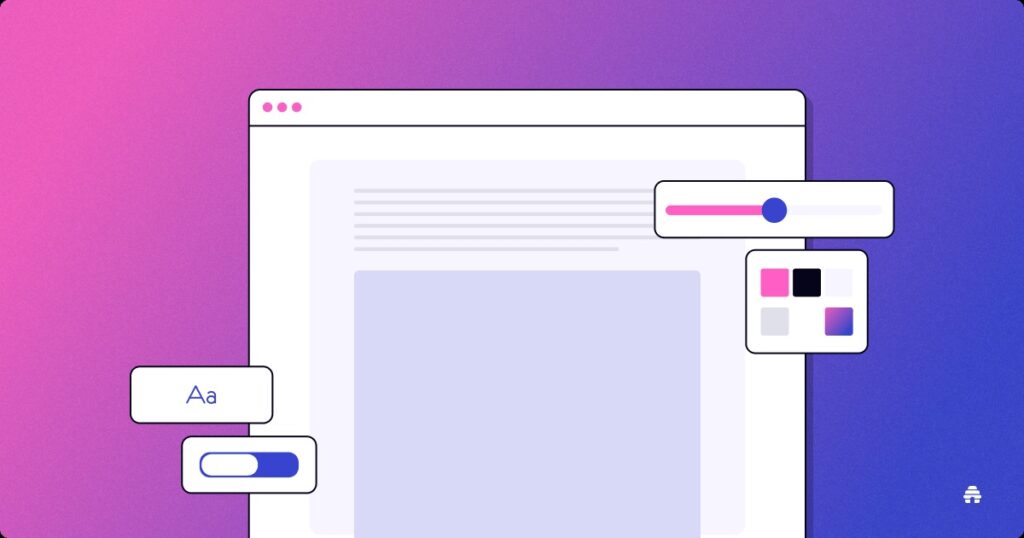Minimalist Design : The Best Way to Build 1-Page Websites
Introduction: Why Simplicity Wins Online In an era of shrinking attention spans and information overload, single-page websites are emerging as a powerful alternative to traditional multi-page sites. Rooted in minimalist design, they offer a sleek, focused, and user-friendly experience that aligns with modern browsing habits. Whether you’re a startup, freelancer, or business looking for a clean online presence, a 1-page website might be your best bet. But why are single-page websites gaining popularity? And when does “less” truly become “more”? Let’s explore the trend and uncover the power of minimalist web design. The Rise of Single-Page Websites in the Digital Age 1. Fast Load Times and Seamless Navigation One of the biggest advantages of a single-page website is speed. With fewer resources to load, these sites typically perform much better than their multi-page counterparts. A fast website leads to: Improved user experience Lower bounce rates Higher search engine rankings (Google prioritizes speed) Additionally, simple, scroll-based navigation eliminates the need for users to click through multiple pages, creating a seamless and intuitive browsing experience. 2. Enhanced Mobile Experience With mobile traffic surpassing desktop usage, having a site optimized for mobile is non-negotiable. Minimalist design works exceptionally well on smaller screens, making single-page websites a go-to choice for businesses that prioritize mobile users. The ease of vertical scrolling aligns perfectly with how people naturally browse on smartphones. 3. Clear and Focused Messaging Traditional websites often suffer from clutter and excessive information, leading to decision fatigue for users. A 1-page website forces brands to distill their message into only the most essential content, leading to: Higher engagement rates Stronger calls to action (CTA) Better conversion rates By removing unnecessary distractions, minimalist websites ensure that visitors focus on what truly matters—whether it’s signing up for a service, making a purchase, or contacting the business. When Should You Use a 1-Page Website? While single-page websites are effective, they aren’t ideal for every business. Here are some situations where they shine: Personal Portfolios – Showcasing work, testimonials, and a call to action on a single page creates a strong impact. Freelancers & Consultants – A streamlined website communicates expertise without overwhelming potential clients. Event Pages & Product Launches – Keeping information concise ensures that visitors quickly grasp the event details or product benefits. Startups & Small Businesses – A clean, minimalist design helps emerging brands stand out and communicate value efficiently. For businesses requiring extensive content (e.g., blogs, e-commerce, or complex services), a multi-page website may be more suitable. SEO Benefits of Single-Page Websites 1. Better Page Authority With all content consolidated on a single URL, search engines can easily crawl and index the site. This can help improve rankings, as all backlinks and internal links contribute to one strong page rather than being spread thin over multiple pages. 2. Improved User Engagement Signals Search engines like Google factor in user engagement metrics such as time on page and bounce rate. A well-designed single-page website with a compelling minimalist design encourages users to scroll and engage with content rather than clicking away. 3. Easier Keyword Optimization A single-page website allows for strategic keyword placement without the risk of keyword cannibalization across multiple pages. To optimize effectively: Use primary keywords like “single-page website” and “minimalist design” naturally in headings and content. Include long-tail keywords to capture specific search queries. Optimize meta descriptions, alt text, and URLs to enhance visibility. Best Practices for Creating a High-Performing Single-Page Website 1. Prioritize a Clean, Minimalist Design Use ample white space to enhance readability. Keep color schemes simple and branding consistent. Choose high-quality visuals that complement, rather than clutter, the design. 2. Structure Content Strategically Break content into sections using distinct headers. Organize information in a logical flow: Introduction → Benefits → Testimonials → CTA. Use scroll-triggered animations to guide user attention without overwhelming them. 3. Optimize for SEO and Performance Incorporate SEO-friendly keywords like “single-page website” and “minimalist design” naturally. Use lightweight coding and image optimization to maintain fast load speeds. Implement schema markup to enhance search visibility. 4. Include a Strong Call to Action Since you have just one page, your CTA must be compelling. Whether it’s signing up, booking a consultation, or purchasing a product, make sure it stands out visually and is easy to act on. Conclusion: Less Is More, but Only When Done Right The growing popularity of single-page websites is a testament to the power of minimalist design. They offer speed, simplicity, and a seamless user experience—making them a great choice for businesses and individuals who want to make a lasting impression without unnecessary complexity. However, success lies in execution. By prioritizing clean design, strategic content placement, and performance optimization, you can create a 1-page website that not only looks stunning but also drives results.


